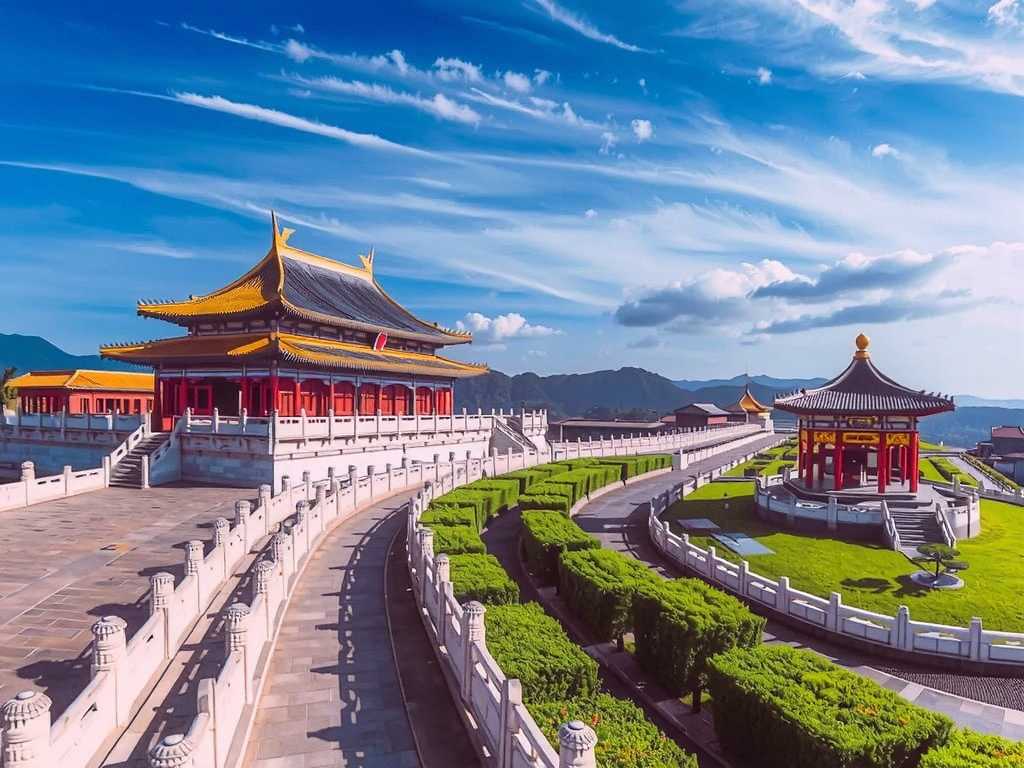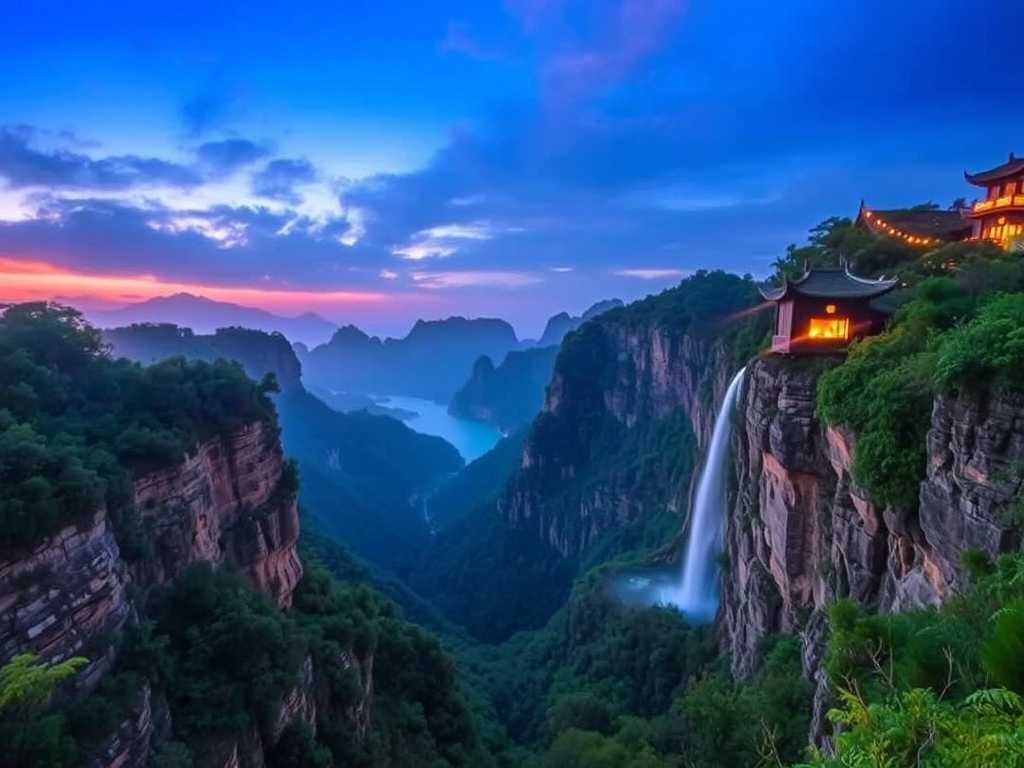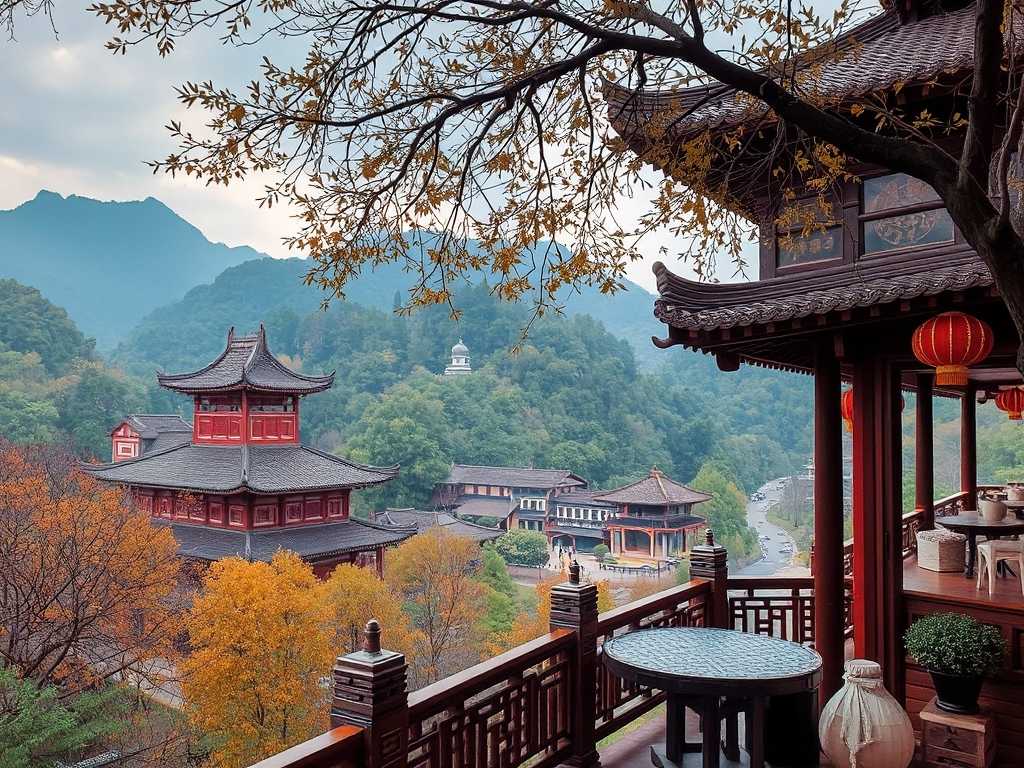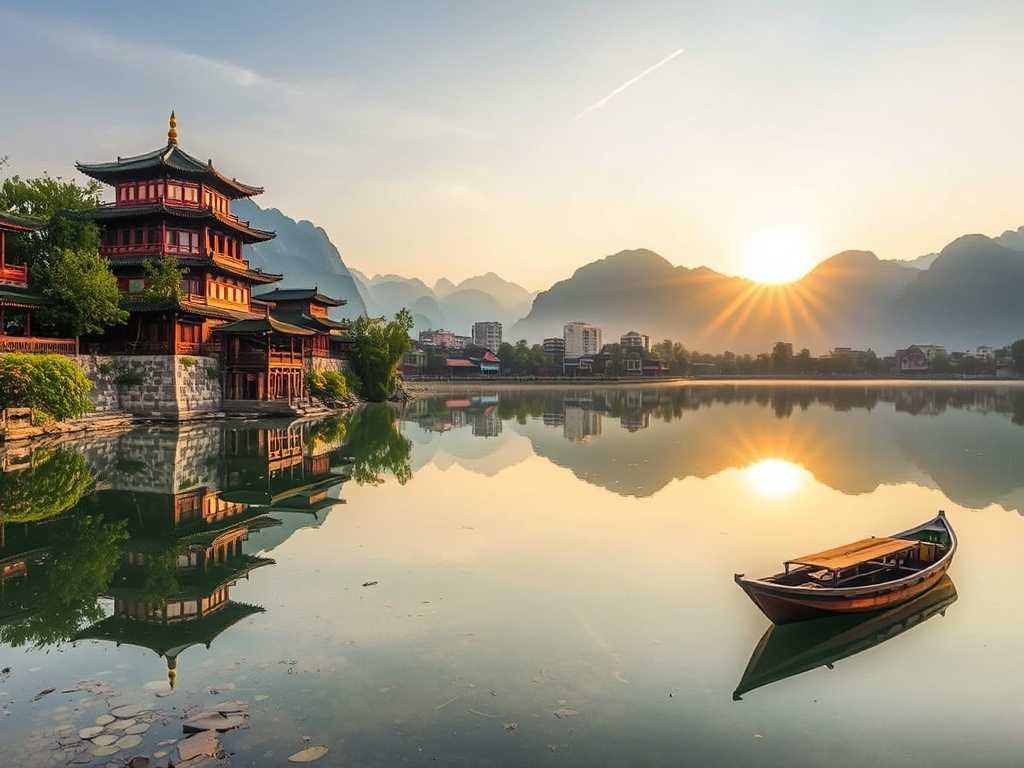Discover China’s Scenic Landmarks & Tours: Your Ultimate Travel Guide
Planning a trip to China can feel overwhelming. With so many iconic landmarks, diverse landscapes, and a history spanning thousands of years, where do you even begin? Many travelers struggle to move beyond the well-trodden path of a few major cities, unsure how to authentically experience the country's profound depth and beauty. This guide is designed to cut through the confusion, offering a clear and insightful roadmap to help you discover China’s most breathtaking scenic landmarks and craft the tour of a lifetime.
Why China's Landscapes Captivate Every Traveler
China's vast territory encompasses an almost unbelievable variety of natural and man-made wonders. From the rolling grasslands of Inner Mongolia to the jagged karst peaks of Guilin, and from the ancient silence of the Great Wall to the futuristic skyline of Shanghai, the country offers a unique blend of ancient tradition and hyper-modernity. According to the China Tourism Academy, cultural and scenic tourism continues to be the primary draw for international visitors, with many seeking transformative experiences that connect them with both history and nature. Understanding this diversity is the first step in planning a journey that aligns with your personal travel style, whether you're an avid hiker, a history buff, or a culinary enthusiast.

Navigating Your Journey: A Step-by-Step Planning Guide
A successful tour of China requires more than just booking flights and hotels. A thoughtful approach ensures you maximize your time, respect local customs, and create lasting memories.
Step 1: Define Your Travel Interests and Priorities Before diving into itineraries, ask yourself what you want from this trip. Are you drawn to the raw power of nature, or the intricate details of imperial history? Perhaps you're a foodie eager to explore regional cuisines, or a photographer in pursuit of the perfect shot. China is too large to "see it all" in one trip, so focusing on a specific theme or region is crucial. For instance, a "Silk Road Adventure" would differ vastly from a "Classical Gardens and Water Towns" tour.
Step 2: Research and Select Your Key Destinations Once you have a theme, you can start selecting the specific scenic landmarks that form the backbone of your tour. This is where you move from a vague idea to a concrete plan. Consider the geographical logic to minimize travel time. For example, pairing Beijing (for the Great Wall and Forbidden City) with Xi'an (for the Terracotta Army) is a classic and logistically sound combination.
Step 3: Understand Practical Logistics Visa requirements, internal transportation, and language barriers are common concerns. Most travelers need a visa to enter China, so apply well in advance. For getting around, China's high-speed rail network is a modern marvel, efficiently connecting major cities. In remote scenic areas, domestic flights or private drivers may be necessary. While English is not widely spoken outside of tourist hubs, translation apps and detailed planning can bridge the gap seamlessly.
Must-See Scenic Landmarks: From Iconic to Hidden Gems
To truly discover China’s scenic landmarks, you must look beyond the postcard images. Here are some of the most remarkable destinations, categorized for easy planning.
The Ancient Guardians: Historical & Cultural Wonders
The Great Wall of China Stretching over 13,000 miles, the Great Wall is more than a structure; it's a symbol of perseverance. While the Badaling section is the most famous, it is also the most crowded. For a more immersive experience, consider the Mutianyu section, which offers cable car access and stunning, forested views, or the wild, unrestored Jinshanling section for serious hikers. The best times to visit are spring and autumn, when the weather is mild and the landscapes are at their most vibrant.
The Terracotta Army in Xi'an Discovered by farmers in 1974, this subterranean army of thousands of life-sized soldiers, horses, and chariots is one of the greatest archaeological finds of the 20th century. Built to guard China's first emperor, Qin Shi Huang, in the afterlife, the scale and detail of each unique figure are awe-inspiring. Allocate at least half a day to fully appreciate the three main excavation pits and the accompanying museum.
The Forbidden City, Beijing For over 500 years, this vast imperial palace was the political and ceremonial heart of China. With nearly 1,000 buildings and 8,700 rooms, it is the world's largest palace complex. To avoid the largest crowds, book your tickets online in advance and enter as soon as it opens. Focusing on specific sections, like the Outer Court for grand halls or the Inner Court for imperial living quarters, can make the visit more manageable and meaningful.
Nature's Masterpieces: Breathtaking Natural Landscapes
The Li River & Karst Mountains of Guilin The landscape of Guilin and its neighboring town, Yangshuo, is the image that defines classical Chinese scenery. Towering limestone karsts draped in greenery rise dramatically from the Li River's placid waters. The best way to experience this is on a leisurely Li River cruise from Guilin to Yangshuo. Once in Yangshuo, rent a bicycle and explore the countryside, where you'll see farmers working rice paddies against a backdrop of these incredible peaks.
Zhangjiajie National Forest Park Often cited as the inspiration for the floating Hallelujah Mountains in the movie Avatar, Zhangjiajie's otherworldly quartz-sandstone pillars are a sight to behold. Take the Bailong Elevator, the world's tallest outdoor lift, for a breathtaking ascent through the pillars. Walk the glass-bottomed skywalks for a thrilling perspective, and on a clear day, you might see the pillars piercing through a sea of clouds below.
Jiuzhaigou Valley A UNESCO World Heritage Site, Jiuzhaigou is a nature reserve famed for its multi-level waterfalls, colorful lakes, and snow-capped peaks. The water is so clear and mineral-rich that it reflects stunning shades of turquoise, blue, and green. Although the area was affected by an earthquake in 2017, it has since reopened with restored infrastructure and remains one of China's most beautiful and pristine natural environments.

Crafting Your Perfect China Tour Itinerary
A well-structured itinerary balances activity with rest and travel time with exploration.
Classic Golden Triangle Tour (7-10 Days) This route is perfect for first-time visitors, covering three of China's most iconic destinations.
- Beijing (3-4 days): Explore the Forbidden City, hike the Mutianyu Great Wall, and wander through the traditional hutongs.
- Xi'an (2 days): Marvel at the Terracotta Army and cycle on the ancient city wall.
- Shanghai (2-3 days): Experience the blend of old and new at the Yu Garden and the Bund, and gaze upon the futuristic Pudong skyline.
The Scenic South Adventure (10-12 Days) Ideal for those who love nature and picturesque landscapes.
- Guilin & Yangshuo (3-4 days): Cruise the Li River, learn Tai Chi in a park, and explore the countryside by bike.
- Chengdu (2 days): Visit the Chengdu Research Base of Giant Panda Breeding and sample fiery Sichuan cuisine.
- Zhangjiajie (3 days): Hike among the Avatar-inspired pillars and conquer the glass skywalks.
Travel Tips for a Seamless Experience in China
To ensure your journey is as smooth as it is memorable, keep these practical tips in mind. Download essential apps like WeChat (for payments and communication) and a VPN before you arrive, as many Western websites and services are restricted. When packing, include comfortable walking shoes, layers for variable weather, and any specific medications you may need. Embracing local customs, such as learning a few basic Mandarin phrases and understanding dining etiquette, will greatly enrich your interactions and show respect for the culture.
What is the best time of year to visit China's scenic landmarks? Spring (April-May) and autumn (September-October) are generally the best seasons nationwide, offering pleasant temperatures and beautiful natural scenery. Summers can be hot and humid, especially in the south, while winters are cold in the north but offer stunning snow-dusted views of the Great Wall.
Is it difficult to travel independently in China, or should I join a tour? Independent travel is entirely possible for organized and adventurous travelers, thanks to excellent apps and improving infrastructure. However, joining a small group tour can alleviate language barriers, handle all logistics, and provide deep cultural context through a knowledgeable guide, making it a stress-free option for many.
How can I respect local customs while visiting historical sites? Speaking softly, not touching restricted artifacts, and following designated pathways are key. At religious sites, dress modestly by covering your shoulders and knees. It is also polite to receive business cards or gifts with both hands as a sign of respect.
From the silent watch of the Terracotta Army to the epic sweep of the Great Wall and the dreamlike peaks of Zhangjiajie, China offers a journey that is as diverse as it is profound. By focusing on your interests, planning your logistics, and approaching the culture with an open mind, you can move beyond a simple vacation and create an experience that resonates for a lifetime. The Middle Kingdom awaits, ready to share its timeless stories and staggering beauty.





发表评论